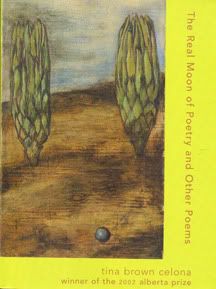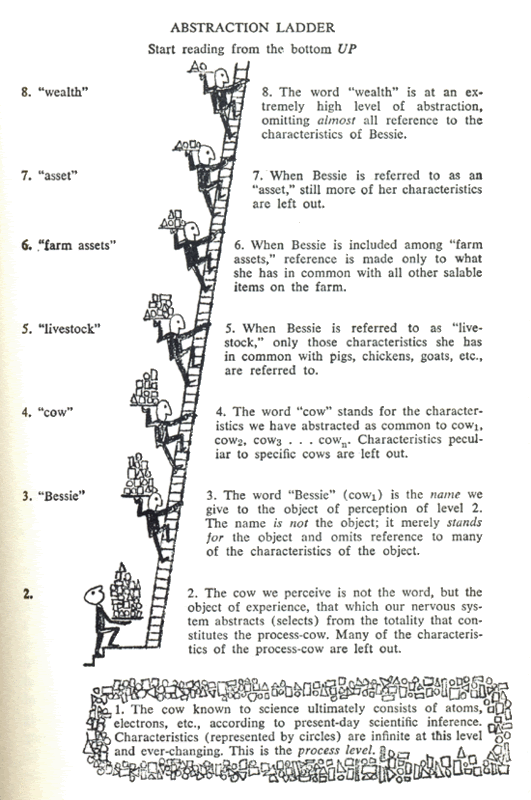For next Monday's class session, you will need to bring a few documents with you. First, you will need to have a hard-copy of your second-draft of a new poem written "in the style of Tina Brown Celona." As such, after you write you 250 to 300 word prose meditation, ask yourself: what aesthetic, as well as thematic, concerns do I find in The Real Moon of Poetry, and how can I apply those techniques and ideas to the prose that I've written in my first-draft? Pay special attention to the manner in which she a) handles different types or styles of diction (i.e. high or low, concrete or abstract, monosyllabic or polysyllabic), b) how her use of diction alters the poems rhythm, c) how she develops half-meanings through her line breaks and d) the variable syntax of her sentences as she disperses them throughout the poem (and over a given line or stanza). Likewise, what types of images does Celona use and in what manner? In addition to the hard-copy you bring to class, make sure you email me a version by 10PM on Sunday night.
You will also need to bring a hard-copy of your review on The Real Moon of Poetry to Monday's class session. Remember, think through the poems and their relationship to the concepts we've covered in Kinzie. In order to support your claims, be sure to quote both the poem(s) from The Real Moon of Poetry and A Poet's Guide to Poetry when necessary. If you need a refresher on more specific parameters, reread the Limón post.
Below is the list of poem assignments. Please focus on the poem you are assigned; toward the end of the review, if you would like to, you can expand outward and connect your particular poem to the collection at-large, drawing comparisons, resonances, and like-minded issues, etc. between them:
You will also need to bring a hard-copy of your review on The Real Moon of Poetry to Monday's class session. Remember, think through the poems and their relationship to the concepts we've covered in Kinzie. In order to support your claims, be sure to quote both the poem(s) from The Real Moon of Poetry and A Poet's Guide to Poetry when necessary. If you need a refresher on more specific parameters, reread the Limón post.
Below is the list of poem assignments. Please focus on the poem you are assigned; toward the end of the review, if you would like to, you can expand outward and connect your particular poem to the collection at-large, drawing comparisons, resonances, and like-minded issues, etc. between them:
Miranada: "Sentences"
Kelly: "Poet Sex"
Matthew Carter: "Fantastic Heart"
Matthew Chanlynn: "Event"
Kimberly: "Notes"
Katlin: "In My Beginning"
Samual: "The Adolescent"
Alyssa: "Dakota"
David: "Narrative"
Taylor: "A Song for the Moon"
Jennifer: "Jade Rabbit"
Jessica: "Five Difficulties"
Ashley: "Our Youth"
Rachel: "Spectacular Emotion"
Hailey: "The Office in Wartime"
Lindsay: "The Big Day"
Hanna: "Hiroshima"
Luke: "Dream"
Joseph: "Kosovo"
If, by chance, there is a poem you found to overwhelmingly compelling to you, and no one else is writing on it, email me and we can schedule a switch. Obviously, there are many more poems in this collection than there are students, so this shouldn't be a problem.
Finally, it appears that Tina Brown Celona will be with us during our next class-session, so please, compose 3 questions that specifically address craft and technique elements within the collection, referencing particular passages when applicable. Bring hard-copies to class, but make sure to email your questions by 10PM on Thursday, October 6th.

